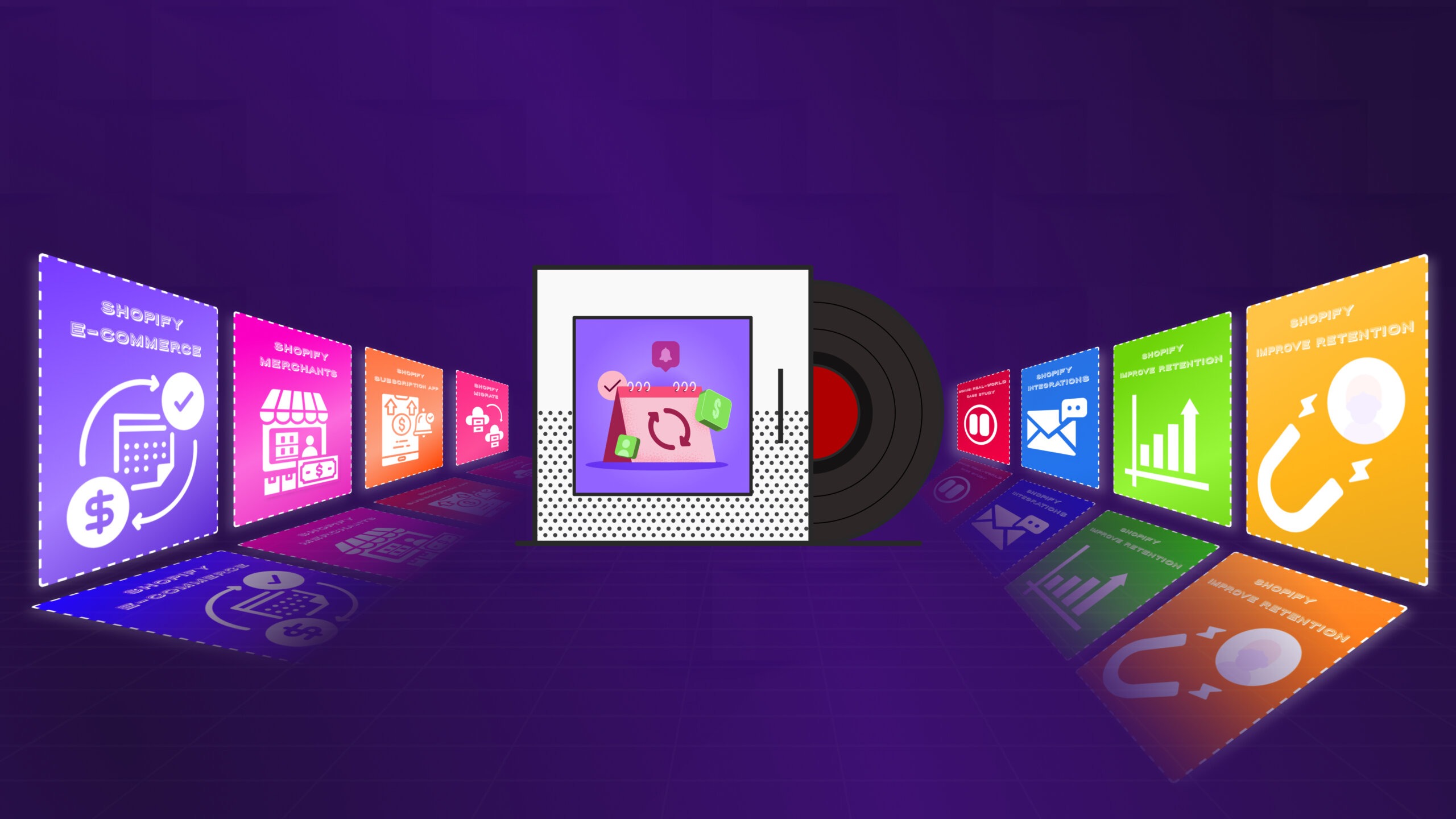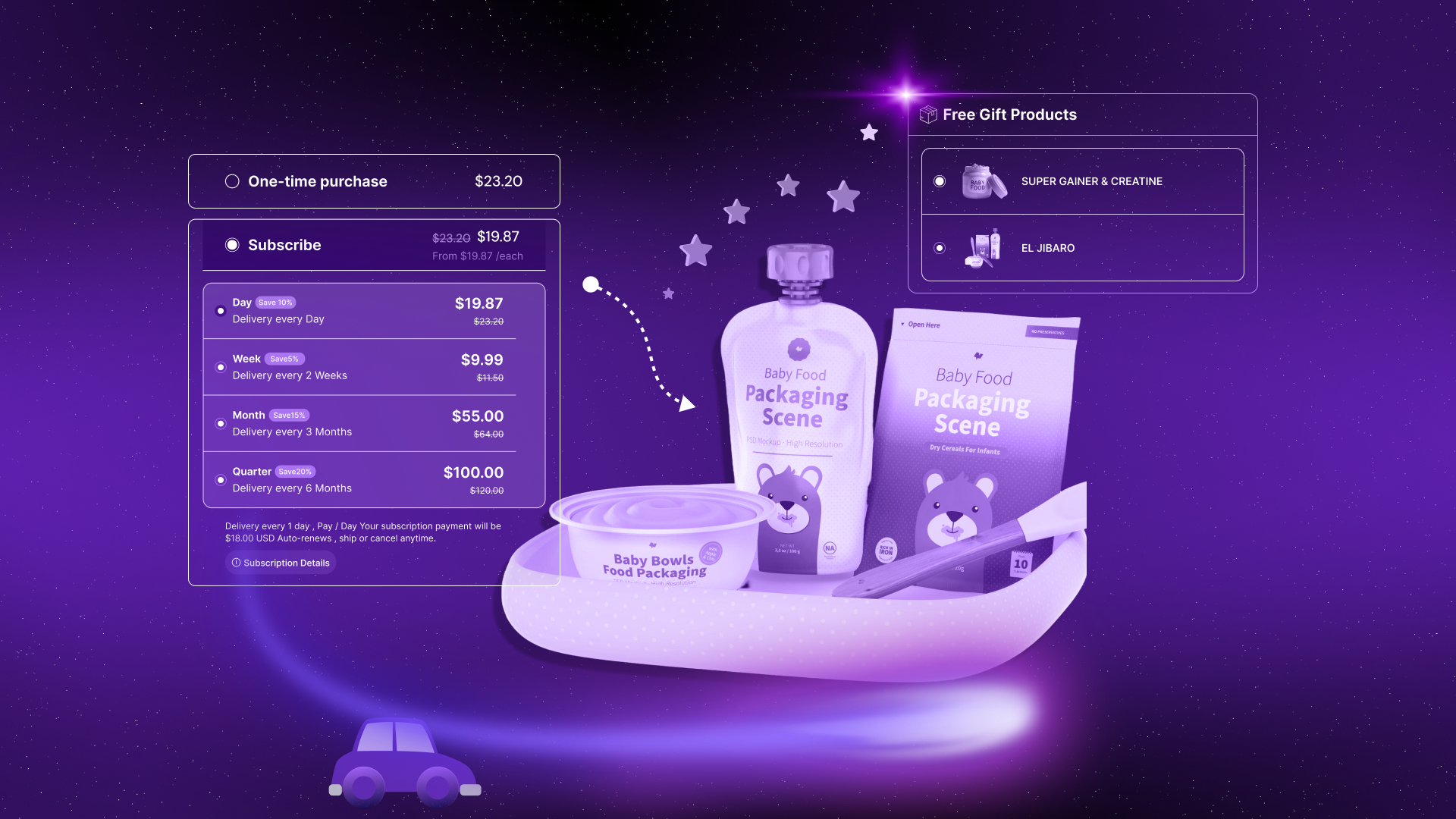
Comprehensive Guide to Subscription Management: Everything You Need to Know
Published On: August 21, 2024 - 9 min read
Comprehensive Guide to Subscription Management: Everything You Need to Know
Subscription revenue is powerful—predictable, scalable, and loved by investors.
But behind every “simple” monthly plan is a lot of complexity: failed payments, upgrades and downgrades, proration, revenue recognition, churn, and a long list of manual tasks if you don’t manage it well.
That’s where subscription management comes in.
In this guide, we’ll walk through how to manage the entire subscription lifecycle: from the moment a customer subscribes, through billing and support, all the way to renewal or cancellation.
What You’ll Learn
By the end of this guide, you’ll understand:
- What subscription management is and why it matters
- The key components of a good subscription management process
- Common subscription pricing models (with examples)
- The most important metrics to track (MRR, churn, CLTV, and more)
- The main challenges in subscription management—and how to solve them
- Best practices and trends shaping the future of the subscription economy
- How a subscription management app can simplify everything
The Evolution of Subscription Management
Subscription models aren’t new—think newspapers, magazines, or utilities. What is new is the scale and variety of modern subscription businesses, powered by digital technology.
Several shifts have driven this evolution:
- Technological Advancements
Modern subscription platforms automate everything from billing to dunning (chasing failed payments) and use AI and analytics to reduce churn and increase revenue. - Changing Consumer Behavior
Customers increasingly prefer access over ownership. From streaming services and meal kits to fitness apps and software, subscriptions offer flexibility and convenience. - Shift to a Service-Based Economy
Many companies now sell access, services, and outcomes rather than one-off products. This has led to subscription models across software, entertainment, education, health, fitness, and more.
As subscription businesses have grown more complex, managing them with spreadsheets or basic payment tools is no longer enough—especially at scale.
The Role of Subscription Management Solutions
As your customer base grows, manual subscription management quickly becomes unsustainable. That’s why many businesses rely on specialized subscription management solutions.
These platforms typically integrate with systems like
- CRM (Customer Relationship Management)—for customer data and interactions
- ERP (Enterprise Resource Planning)—for finance, accounting, and operations
- Payment gateways – for accepting and processing payments
Common features include:
- Automated Billing & Invoicing
Automatically generate invoices, process recurring payments, handle proration for mid-cycle changes, and manage partial charges. - CRM Integration
Sync customer data, track interactions, and personalize communication and offers based on subscription history and behavior. - Analytics & Reporting
Dashboards and reports for key metrics such as- MRR (Monthly Recurring Revenue)
- Churn rate
- ARPU (Average Revenue Per User)
- CLTV (Customer Lifetime Value)
- Revenue Recognition & Compliance
Automate recognition of subscription revenue to comply with ASC 606, IFRS 15, and local regulations. - Customizable Plans & Pricing
Create and manage multiple plans, add-ons, discounts, promotions, and pricing experiments without needing heavy development work.
The right solution can significantly reduce manual work, billing errors, and revenue leakage—and give you better visibility into how your subscription business is performing.
Subscription Pricing Models (With Examples)
Unlike traditional one-time purchases, subscriptions involve recurring charges. Choosing the right pricing model is critical for growth and customer satisfaction.
Here are the most common subscription pricing models:
1. Flat-Rate Pricing
Customers pay a fixed amount (e.g., monthly or annually) for access to your product or service.
- Example: A simple project management tool that charges £15/month per user for full access.
Pros: Easy to understand, simple to manage.
Cons: Limited flexibility; may not scale well across different customer segments.
2. Usage-Based Pricing (Pay-As-You-Go)
Customers pay based on how much they use your service.
- Example: A cloud storage provider that charges a base fee plus a cost per GB stored.
- Example: An API service bills per 1,000 API calls.
Pros: Fair and aligned with value; attractive for customers with variable usage.
Cons: Revenue can be less predictable; customers may find it harder to estimate costs.
3. Tiered Pricing
You offer multiple plans (tiers) with different feature sets, limits, or support levels.
- Example:
- Basic: £9/month – limited features and standard support
- Pro: £29/month – advanced features, higher limits, priority support
- Enterprise: custom pricing – advanced security, SLAs, dedicated account manager
Pros: Flexible; lets customers choose a plan that fits their needs and budget.
Cons: Too many tiers can be confusing; requires careful design and positioning.
4. Freemium Model
You offer a free version with limited features or usage limits and charge for premium features.
- Example: A productivity app that offers a free plan with limited projects and a paid plan with unlimited projects, team collaboration, and integrations.
Pros: Great for user acquisition; low barrier to entry.
Cons: Converting free users to paid subscribers can be challenging; must manage costs of supporting free users.
5. Hybrid Pricing
You combine different models, such as a base subscription fee plus usage-based charges or add-ons.
- Example: A video conferencing tool with a flat monthly fee per user plus extra charges for webinar add-ons or extra recording storage.
Pros: Highly flexible; can capture value from different segments and usage patterns.
Cons: More complex to communicate and manage; needs clear pricing pages and billing logic.
Key Metrics in Subscription Management
To successfully manage subscriptions, you must track the right metrics. Some of the most important are:
- MRR (Monthly Recurring Revenue)
The predictable revenue you earn each month from active subscriptions.
MRR helps you understand your growth trend and forecast future revenue. - ARR (Annual Recurring Revenue)
Your recurring revenue every year (often MRR × 12).
Useful for long-term planning and investor reporting. - Churn Rate
The percentage of customers or revenue lost over a given period.- Customer churn: Number of customers lost ÷ total customers at start.
- Revenue churn: MRR lost from cancellations/downgrades ÷ MRR at start.
- High churn signals retention problems and can quickly erode growth.
- CLTV (Customer Lifetime Value)
The total revenue you expect to earn from a customer over their entire relationship with your business.
CLTV helps you decide how much you can afford to spend on customer acquisition and retention. - ARPU (Average Revenue Per User)
Total recurring revenue ÷ number of active customers.
Useful for understanding how valuable each customer is and how successful you are at upselling and cross-selling.
Regularly monitoring these metrics helps you spot trends, test pricing strategies, and identify issues early—before they become serious problems.
Advantages of Subscription Pricing
Subscription pricing offers several benefits to both businesses and customers:
- Lower Cost Barriers for Customers
Customers avoid large upfront payments and can spread costs over time, making premium products and services more accessible. - Predictable, Recurring Revenue
Businesses enjoy more stable and predictable revenue streams, which improves financial planning, budgeting, and valuation. - Stronger Customer Relationships
Instead of a one-time transaction, subscriptions create an ongoing relationship. This allows you to learn from customers, improve the product continuously, and build loyalty. - More Opportunities for Upselling & Cross-Selling
As you learn more about customer behavior, you can introduce add-ons, higher tiers, or complementary services that increase revenue and improve customer value.
Challenges in Subscription Management (and How to Solve Them)
While subscription models offer many advantages, they also come with specific challenges:
1. Billing Complexity & Errors
Problem:
Managing multiple billing cycles, proration, discounts, refunds, and taxes manually can lead to errors, delayed payments, and frustrated customers.
Solution:
- Use a dedicated subscription management platform that automates invoicing, proration, tax calculation, and payment retries.
- Standardize billing rules and test edge cases (mid-cycle upgrades, cancellations, etc.).
2. Data Silos & Poor Integration
Problem:
If your billing system, CRM, and ERP don’t talk to each other, customer changes may not sync correctly. This can lead to support issues, incorrect invoices, or inaccurate financial data.
Solution:
- Integrate your subscription management system with CRM, ERP, and analytics tools.
- Ensure that subscription status, plan changes, and payments all flow into a single source of truth.
3. Compliance & Revenue Recognition
Problem:
Subscription-based businesses must follow accounting standards such as ASC 606 and IFRS 15. Getting revenue recognition wrong can cause financial misstatements and legal issues.
Solution:
- Choose tools that support automated, rules-based revenue recognition.
- Work closely with your finance and accounting teams to align system configuration with regulatory requirements.
4. Managing Customer Churn
Problem:
High churn destabilizes recurring revenue and reduces profitability. Even if you keep adding new customers, heavy churn can cancel out your growth.
Solution:
- Monitor churn closely (both customer and revenue churn).
- Improve onboarding, offer proactive customer support, and track usage to identify at-risk customers.
- Use retention strategies like discounts, plan downgrades instead of cancellations, and better value communication.
Best Practices for Effective Subscription Management
To manage subscriptions effectively and maximize customer lifetime value, consider these best practices:
- Invest in Robust Subscription Management Software
Automate billing, proration, dunning, and invoicing. Ensure the platform integrates with your CRM, ERP, and payment providers. - Design a Smooth Onboarding Experience
Make sign-up, activation, and first-time use as simple as possible. Guide new customers to their first success quickly. - Offer Clear, Flexible Plans
Provide a small number of well-defined plans that address different segments. Allow upgrades, downgrades, and pauses with minimal friction. - Monitor Key Metrics Regularly
Track MRR, churn, CLTV, ARPU, and trial-to-paid conversions. Use this data to adjust pricing, packaging, and onboarding. - Stay Compliant
Review revenue recognition, tax handling, and financial reporting regularly to stay aligned with standards and local laws. - Continuously Improve Based on Feedback
Collect feedback through surveys, support conversations, and product usage data. Use these insights to refine your plans, features, and customer experience.
Latest Trends in Subscription Management
Subscription management continues to evolve, shaped by technology and customer expectations. Some current trends include:
- Personalization
Using AI and machine learning to offer tailored recommendations, custom bundles, and personalized pricing based on usage and behavior. - Sustainability-Focused Subscriptions
Offering eco-friendly options, such as reduced packaging, carbon-neutral delivery, or digital alternatives to physical products. - Global Expansion
Supporting multiple currencies, languages, tax rules, and payment methods as digital subscriptions reach customers worldwide. - Flexible Subscriptions
Allowing customers to pause, skip, or change plans easily. This flexibility can increase trust and reduce cancellations. - AI & Automation
Automating churn prediction, payment retry strategies, customer segmentation, and pricing experiments to optimize revenue and retention.
Get an Easy Subscription App for Your Business
If you’re trying to manage subscriptions with spreadsheets, manual invoicing, or basic payment tools, you’re likely:
- Spending too much time on admin
- Losing revenue to billing errors and failed payments
- Struggling to get clear visibility into MRR, churn, and growth
An easy-to-use subscription management app can help you:
- Automate recurring billing and invoicing
- Handle upgrades, downgrades, pauses, and cancellations smoothly
- Reduce churn with smart payment retries and reminders
- Integrate with your CRM and ERP for accurate, up-to-date data
- Stay compliant with revenue recognition and accounting standards
If you’re serious about scaling your subscription business, adopting the right subscription management tool is one of the highest-impact decisions you can make.
What’s Next
Subscription management is at the heart of any business built on recurring revenue. It goes far beyond simply charging customers every month—it includes onboarding, billing, support, data, compliance, and retention.
- Understanding how subscription management works
- Choosing the right pricing models
- Tracking key metrics like MRR, churn, and CLTV
- Addressing common challenges with the right processes and tools
- Keeping up with trends like personalization, flexibility, and automation




















